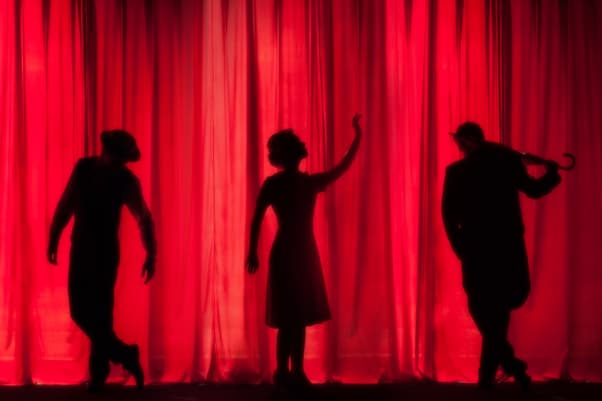In a world saturated with dialogue-heavy films and rapid-fire streaming content, the idea of a performance without words might seem counterintuitive—or even obsolete. But silent theater, an art form that thrives on gesture, movement, and expression, continues to mesmerize audiences with its raw emotional power. It transcends language barriers and strips performance down to its most essential elements. At its best, silent theater speaks volumes by saying nothing at all.
The Origins of Silent Expression on Stage
Long before actors began delivering monologues, human beings told stories through movement. Ancient rituals, dances, and pantomimes served as the first theatrical expressions. The Greeks integrated choreographed movements into their tragedies, and early Asian theatrical forms like Noh and Kathakali incorporated elaborate gesture systems to convey complex narratives.
In Europe, the commedia dell’arte of the Renaissance period popularized stock characters and exaggerated physicality. These performances heavily influenced the mime traditions that would later define much of what we consider silent theater today. In fact, it was the mime artists of the 19th and 20th centuries—most notably Étienne Decroux and Marcel Marceau—who elevated silent performance into an art form of deep sophistication and technical precision.
The Language of the Body
Silent theater demands a heightened awareness of the body as an instrument. Every gesture must be intentional; every movement, no matter how small, becomes a form of speech. Facial expressions are nuanced, posture is loaded with subtext, and rhythm dictates the emotional tempo.
Where spoken theater uses dialogue to define relationships and advance plot, silent theater leans on physical dynamics and visual symbolism. It asks more of its audience, requiring engagement, interpretation, and imagination. Yet therein lies its magic—it invites viewers to connect on a primal level.
Here are key elements that help silent performances communicate effectively:
- Gestural clarity: Deliberate hand and body movements create visual metaphors.
- Facial nuance: Micro-expressions can indicate fear, joy, confusion, or betrayal.
- Use of space: Distance or proximity between characters can suggest intimacy, conflict, or hierarchy.
- Tempo and rhythm: Speed of movement adds urgency or serenity to a scene.
- Props and costumes: These become extensions of the actor’s intent and character.
Silent Theater in the Modern Era
While the silent film era helped shape public appreciation for visual storytelling, the spoken word eventually dominated the cinematic and theatrical landscape. Nevertheless, contemporary silent theater continues to thrive in both experimental and traditional spaces.
Modern performers blend mime with physical theater, dance, and even circus arts. Groups like Mummenschanz from Switzerland or Theatre Re from the UK have received international acclaim for their innovative and wordless productions. These companies often use masks, shadow play, and puppetry to enhance the visual language of their performances.
In some productions, silence becomes an ethical or political choice. Theater about trauma or war may employ silence as a way to express the unspeakable. Performers use the absence of language to emphasize the weight of loss or the boundaries of human understanding.
Universality and Accessibility

One of the most profound aspects of silent theater is its universal accessibility. A wordless performance doesn’t require subtitles or translation. It can be performed in Tokyo, Paris, or Nairobi, and still resonate deeply. This makes it a powerful tool for international storytelling and cross-cultural communication.
For marginalized communities, silent theater also provides a means of inclusion. Deaf performers and audiences, for instance, can experience a production without the need for spoken translation. This inclusivity strengthens the relevance of silent performance in today’s broader conversations about representation in the arts.
Challenges and Rewards
Creating compelling silent theater is no easy feat. Performers undergo rigorous training in movement disciplines like Lecoq, Laban, or corporeal mime. Directors must choreograph with surgical precision, ensuring every element—from lighting to music—supports the story being told without words.
Yet the rewards are immense. A successful silent piece often leaves a longer-lasting impression than a dialogue-driven one. The ambiguity allows for personal interpretation, and audiences frequently find themselves moved in unexpected ways.
The Lasting Echo of Silence
In an age where noise is constant and opinions are loud, silent theater offers a rare space for reflection and emotional honesty. It proves that storytelling doesn’t need language—it needs connection, empathy, and the courage to be still.
Whether rooted in ancient traditions or blossoming through modern experimentation, silent theater continues to affirm one timeless truth: sometimes, the most powerful stories are the ones never spoken.
